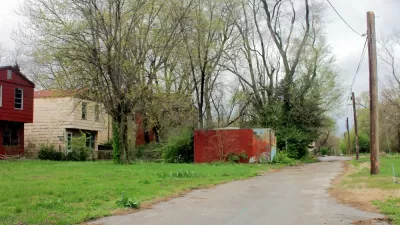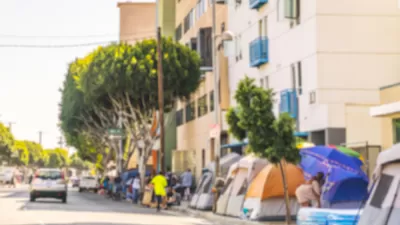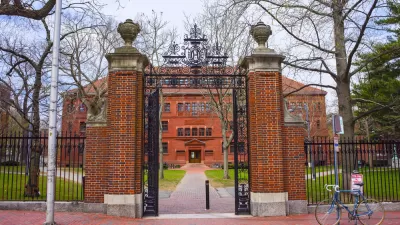New census data released last week made national headlines for its grim news on America's historically high levels of poverty. However, a new paper reads between the lines, and concludes that the country is making progress in reducing poverty.
New data released by the U.S. Census Bureau last week was stark: median household income fell last year, the income gap between rich and poor hasn't been this wide in more than 40 years, and the number of Americans living in poverty remained at the highest number ever recorded.
However, as Derek Thompson reports, a new paper
from Bruce D. Meyer and James X. Sullivan say those statistics are misleading.
"We may not have won the war on poverty, but we are certainly winning,"
they write.
"When they looked at poorer families' consumption rather than income,
accounted for changes in the tax code that benefit the poor, and
included "noncash benefits" such as food stamps and government-provided
medical care, they found poverty fell 12.5 percentage points between 1972 and 2010," writes Thompson.
"What's the story? Tax cuts for the low-income combined with tax credits
for parents (such as the child tax credit) and working poor (like the
Earned Income Tax Credit) accounted for much of the collapse in poverty,
the authors find. Increases in Social Security also helped poverty
rates fall under 10 percent by the new measure."
FULL STORY: Why We're Really Winning the War on Poverty

Planetizen Federal Action Tracker
A weekly monitor of how Trump’s orders and actions are impacting planners and planning in America.

Restaurant Patios Were a Pandemic Win — Why Were They so Hard to Keep?
Social distancing requirements and changes in travel patterns prompted cities to pilot new uses for street and sidewalk space. Then it got complicated.

Map: Where Senate Republicans Want to Sell Your Public Lands
For public land advocates, the Senate Republicans’ proposal to sell millions of acres of public land in the West is “the biggest fight of their careers.”

Maui's Vacation Rental Debate Turns Ugly
Verbal attacks, misinformation campaigns and fistfights plague a high-stakes debate to convert thousands of vacation rentals into long-term housing.

San Francisco Suspends Traffic Calming Amidst Record Deaths
Citing “a challenging fiscal landscape,” the city will cease the program on the heels of 42 traffic deaths, including 24 pedestrians.

California Homeless Arrests, Citations Spike After Ruling
An investigation reveals that anti-homeless actions increased up to 500% after Grants Pass v. Johnson — even in cities claiming no policy change.
Urban Design for Planners 1: Software Tools
This six-course series explores essential urban design concepts using open source software and equips planners with the tools they need to participate fully in the urban design process.
Planning for Universal Design
Learn the tools for implementing Universal Design in planning regulations.
Heyer Gruel & Associates PA
JM Goldson LLC
Custer County Colorado
City of Camden Redevelopment Agency
City of Astoria
Transportation Research & Education Center (TREC) at Portland State University
Camden Redevelopment Agency
City of Claremont
Municipality of Princeton (NJ)





























